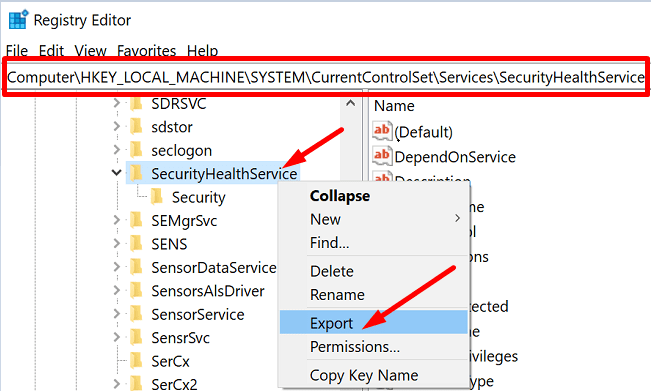
Password policies are used for domain accounts. These policies determine settings for passwords, such as enforcement and lifetimes.


Account policies include the following types of policies: These polices are defined on devices they affect how user accounts can interact with the computer or domain. The Security Settings extension of the Local Group Policy Editor includes the following types of security policies:Īccount Policies. A security template is a file that represents a security configuration, and it can be imported to a GPO, applied to a local device, or used to analyze security.įor more info about managing security configurations, see Administer security policy settings.
Use the Security Templates snap-in to create a security template that contains the security policies you want to apply, and then import the security template into a Group Policy Object. Edit specific security settings in a GPO. To manage security configurations for multiple devices, you can use one of the following options:  Whether to record a user's or group's actions in the event log.
Whether to record a user's or group's actions in the event log.  The resources that users are permitted to access. User authentication to a network or device. Security settings policies are used as part of your overall security implementation to help secure domain controllers, servers, clients, and other resources in your organization. The GPOs are linked to Active Directory containers such as sites, domains, or organizational units, and they enable you to manage security settings for multiple devices from any device joined to the domain. The Security Settings extension of the Local Group Policy Editor snap-in allows you to define security configurations as part of a Group Policy Object (GPO). Security policy settings are rules that administrators configure on a computer or multiple devices for the purpose of protecting resources on a device or network. This reference topic describes the common scenarios, architecture, and processes for security settings.
The resources that users are permitted to access. User authentication to a network or device. Security settings policies are used as part of your overall security implementation to help secure domain controllers, servers, clients, and other resources in your organization. The GPOs are linked to Active Directory containers such as sites, domains, or organizational units, and they enable you to manage security settings for multiple devices from any device joined to the domain. The Security Settings extension of the Local Group Policy Editor snap-in allows you to define security configurations as part of a Group Policy Object (GPO). Security policy settings are rules that administrators configure on a computer or multiple devices for the purpose of protecting resources on a device or network. This reference topic describes the common scenarios, architecture, and processes for security settings.








 0 kommentar(er)
0 kommentar(er)
